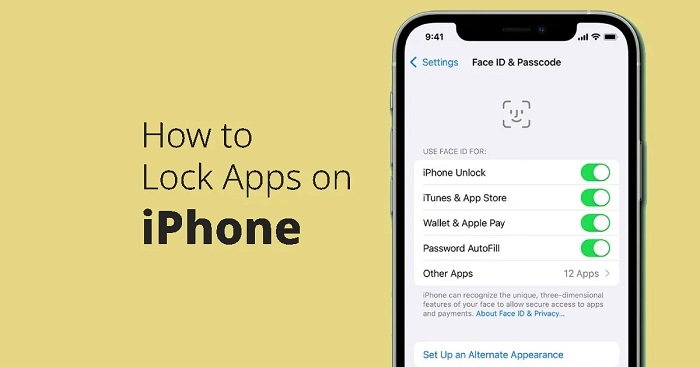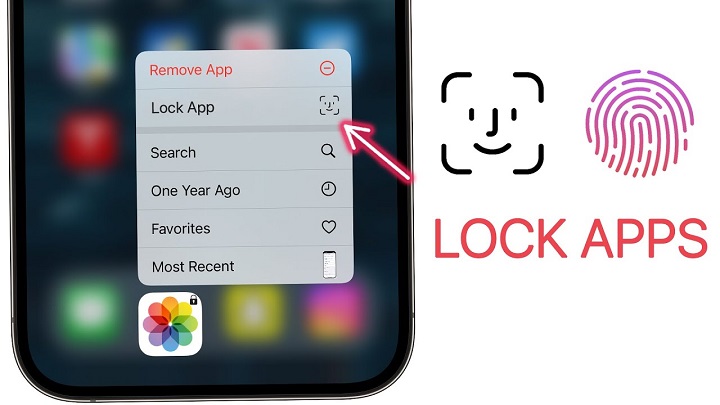In today’s digital age, our smartphones store a wealth of personal information, from sensitive messages to financial details. With the increasing concern over privacy and security, it’s essential to protect this data from prying eyes. While iPhones offer robust security features, one aspect often overlooked is app locking. In this comprehensive guide, we’ll explore various methods and tools to effectively lock apps on your iPhone, providing you with an additional layer of privacy and security.
Understanding the Need for App Locking on iPhone

- Discuss the importance of app locking in safeguarding personal information.
- Highlight potential risks of unauthorized access to apps on iPhones.
- Emphasize the significance of enhancing privacy and security measures in today’s digital landscape.
Built-in Solutions for App Locking on iPhone: a. Touch ID and Face ID:
- Explain how Touch ID and Face ID can be utilized to lock individual apps.
- Provide step-by-step instructions for enabling Touch ID/Face ID for app locking.
- Discuss the advantages and limitations of using biometric authentication for app security.
Screen Time Passcode:
- Introduce Screen Time passcode as a built-in feature for restricting app access.
- Guide users on setting up and customizing Screen Time passcode settings.
- Highlight additional functionalities of Screen Time for parental controls and usage monitoring.
Third-Party Apps for Advanced App Locking: a. App Lockers:
- Review popular third-party app locking applications available on the App Store.
- Compare features, such as fingerprint lock, pattern lock, and time-based locks.
- Provide recommendations based on user preferences and requirements.
Folder Locking Apps:
-
- Explore apps that offer folder locking functionality for organizing and securing apps.
- Discuss the benefits of folder locking in managing app access and maintaining privacy.
- Showcase examples of folder locking apps with user-friendly interfaces and robust security features.
Best Practices for App Security on iPhone: a. Regular Software Updates
- Stress the importance of keeping iOS and apps updated to mitigate security vulnerabilities.
- Provide guidance on enabling automatic updates and checking for updates manually.
Strong Password Management:
- Educate users on the significance of using strong, unique passwords for app accounts.
- Recommend password management apps for securely storing and generating passwords.
Two-Factor Authentication (2FA):
-
- Explain the concept of two-factor authentication and its role in enhancing account security.
- Encourage users to enable 2FA for their Apple ID and other relevant accounts.
Additional Tips for Enhancing iPhone Security: a. Privacy Settings Optimization
- Guide users through privacy settings customization to limit app permissions.
- Highlight settings related to location services, camera access, and microphone usage.
Data Encryption:
- Discuss the benefits of data encryption and its implementation on iPhones.
- Explain how to enable data encryption for iCloud backups and device storage.
App Store Security:
- Provide tips for identifying and downloading apps from trusted sources.
- Warn against sideloading apps from unverified sources to prevent malware infections.
As we increasingly rely on smartphones for various aspects of our lives, safeguarding our personal information becomes paramount. By implementing app locking measures on your iPhone, you can fortify your privacy and security against unauthorized access. Whether utilizing built-in features like Touch ID and Face ID or opting for third-party app lockers, the methods discussed in this guide empower you to take control of your digital privacy. By adhering to best practices and staying vigilant, you can enjoy a safer and more secure mobile experience on your iPhone.


